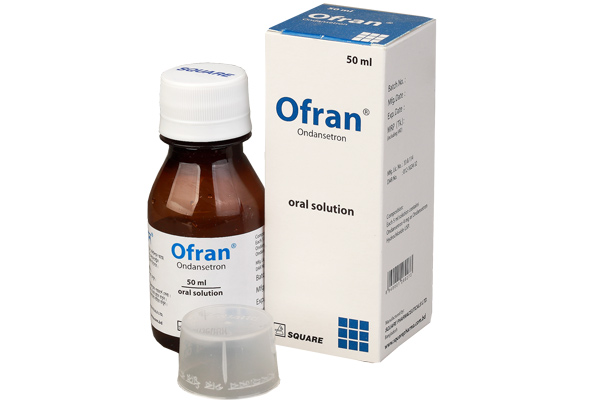Ethosuximide
Indications
Ethosuximide is indicated for the control of absence (petit mal) epilepsy.
Pharmacology
Ethosuximide suppresses the paroxysmal three cycle per second spike and wave activity associated with lapses of consciousness which is common in absence (petit mal) seizures. The frequency of epileptiform attacks is reduced, apparently by depression of the motor cortex and elevation of the threshold of the central nervous system to convulsive stimuli.
Dosage And Administration
Ethosuximide is administered by the oral route. The initial dose for patients 3 to 6 years of age is 250 mg per day; for patients 6 years of age and older, 500 mg per day. The dose thereafter must be individualized according to the patient's response. Dosage should be increased by small increments. One useful method is to increase the daily dose by 250 mg every four to seven days until control is achieved with minimal side effects. Dosages exceeding 1.5 g daily, in divided doses, should be administered only under the strictest supervision of the physician. The optimal dose for most pediatric patients is 20 mg/kg/day. This dose has given average plasma levels within the acceptedtherapeutic range of 40 to 100 mcg/mL. Subsequent dose schedules can be based on effectiveness and plasma level determinations.
Ethosuximide may be administered in combination with other anticonvulsants when other forms of epilepsy coexist with absence (petit mal). The optimal dose for most pediatric patients is 20 mg/kg/day.
Interaction
Isoniazid may increase the serum concentration of ethosuximide, leading to toxicity. Antipsychotics, antidepressants, MAOIs, and mefloquine may antagonise anticonvulsant effects of ethosuximide. Plasma conc of ethosuximide may be reduced by carbamazepine, phenobarbital, phenytoin, and primidone; and affected by valproate. Chloroquine or hydroxychloroquine may increase risk of convulsions. Isoniazid.
Contraindications
Hypersensitivity. Pregnancy and lactation.
Side Effects
Blood toxicities and disorders; headache, fatigue, lethargy, drowsiness, dizziness, ataxia, hiccup and mild euphoria; more rarely, psychotic states, rashes, hepatic and renal changes, and haematological disorders. SLE, erythema multiforme. Gum hypertrophy, swelling of tongue, irritability, hyperactivity, sleep disturbances, night terrors, inability to concentrate, aggressiveness, increased libido, myopia, vag bleeding.
Pregnancy And Lactation
Category C: Either studies in animals have revealed adverse effects on the foetus (teratogenic or embryocidal or other) and there are no controlled studies in women or studies in women and animals are not available. Drugs should be given only if the potential benefit justifies the potential risk to the foetus.
Precautions And Warnings
Hepatic or renal impairment, porphyria. Complete blood cell count, liver function tests, and urinalysis should be performed periodically. May increase the risk of grand mal seizures when used alone in mixed types of epilepsy. Avoid sudden withdrawal. May impair ability to drive or operate machinery.
Therapeutic Class
Primary anti-epileptic drugs
